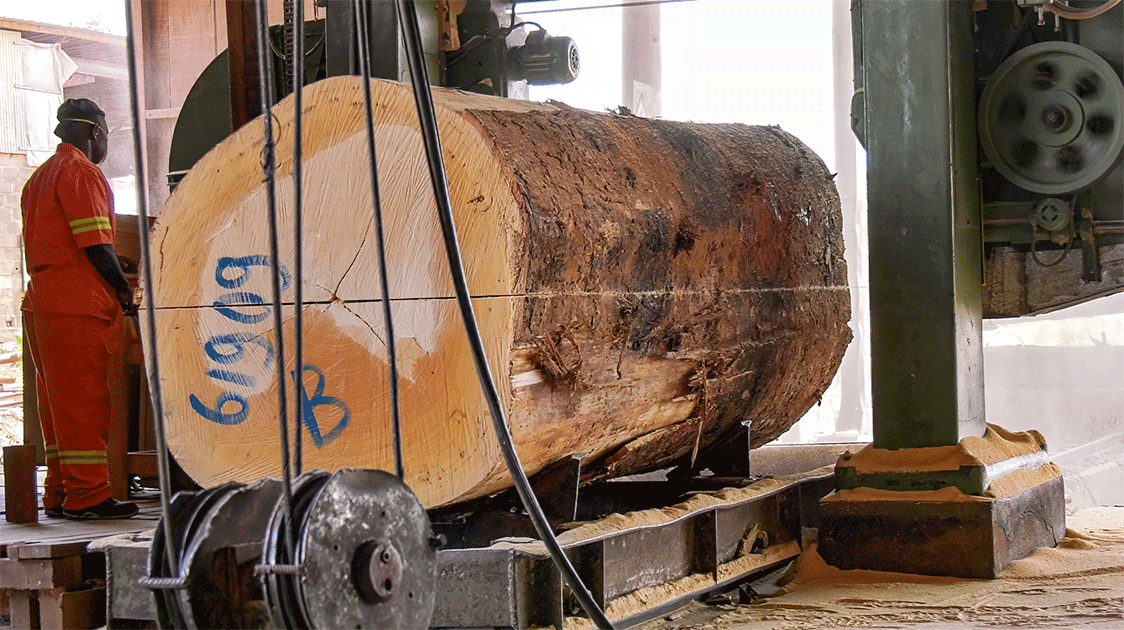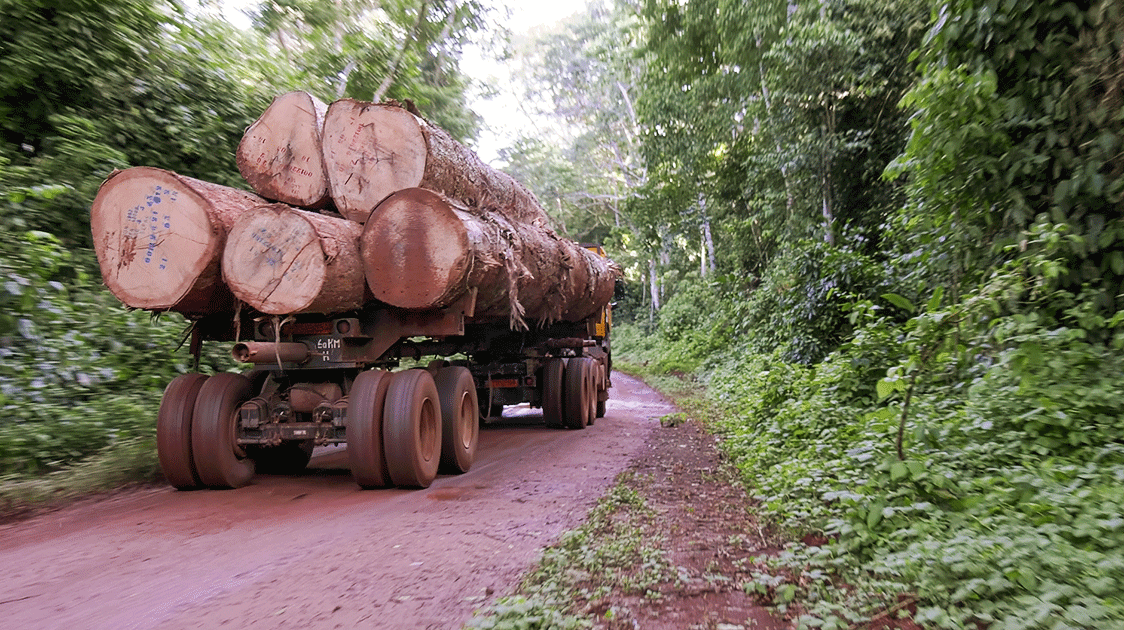Timber Production in Africa

The State of the African Wildlife Report notes that Africa's forests cover 6.12 million km2 or 28% of its total land area.
Of these, tropical forests cover 3.6 million km2 or 18 % of the global total area of forests. Africa also has the second-largest tropical forest region in the world – the Guineo-Congolian region.
Timber is, therefore, an economically important product from Africa's tropical forests that contributes significantly to foreign exchange earnings, local livelihoods and employment.
The formal timber industry in Africa produces timber worth approximately USD 17 billion annually, less than 1% of Africa's GDP.
It employs about 650,000 people, about 0.2% of the total labor force.
Gabon is Africa's largest raw timber exporter, with about 20% of all exports.

Most of the timber from Africa is exported as raw because value addition, although increasing, is still underdeveloped compared to other timber-producing areas.
A sizeable informal sector is also involved in timber harvesting and processing across Africa.
This sector supplies millions of cubic metres of timber, supports the thriving cross-border timber trade and provides for the livelihoods of hundreds of thousands of African artisans.
This informal sector's contribution and size are poorly understood because official statistics do not capture it, nor is it regulated, presenting the case for policy reform.
There is a considerable deficit of timber across Africa.
Most countries are now highly dependent on imports of wood products, mainly from Asia, China, Russia, the US, Finland, Indonesia and Malaysia.
The primary net importers include most North African countries, South Africa, Nigeria, Kenya and Ethiopia.
A key challenge for African timber supply is the rapid forest degradation and destruction. Illegal, unsustainable timber poaching, and charcoal production are the root of the problem.

The FAO reported that Africa has lost 3.6 million hectares of forests annually in the last ten years. There is a need for more effective management of forests to address this decline and ensure a sustainable supply of timber in the future.
Various initiatives are underway across the continent to address the sustainable management of forests. They will require firm policy and legislative reform and backing to achieve their goals.




